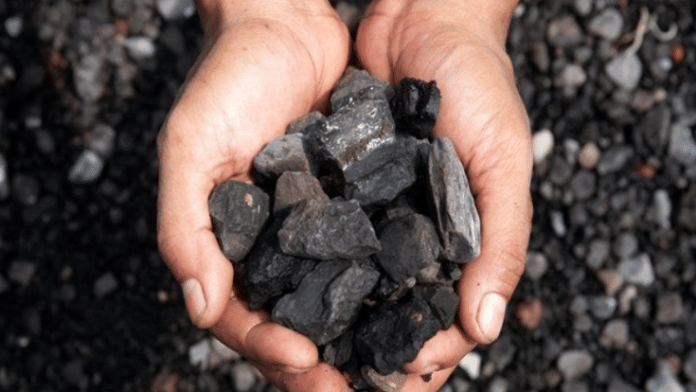Thank you dear subscribers, we are overwhelmed with your response.
Your Turn is a unique section from ThePrint featuring points of view from its subscribers. If you are a subscriber, have a point of view, please send it to us. If not, do subscribe here: https://theprint.in/subscribe/
In India, everyone knows about coal. The country wants to be a leader in clean energy by setting goals for net-zero emissions and using more solar and wind power. But coal is still the main source of energy for the country.
The Political Economy of Coal
The Ministry of Coal contended that India’s coal production will keep going up, and it reached its highest level ever in 2023–24. Coal still makes up about 70% of the electricity we use and 55% of the energy we use in general. It doesn’t just power the grid; it also powers steel, cement, and manufacturing.
Transitions in energy are never just about technology; they are also very political. For instance, coal is more than just a fuel; it is a way of life. Jharkhand, Chhattisgarh, and Odisha are some of the states that depend on it for work and money. Coal India Limited and other large public sector companies provide jobs for millions of people. A lot of trade unions and local governments are involved with coal, so it would be a political risk to phase it out quickly. This is why India has chosen a ‘coal-and-clean’ strategy instead of a clean break. People who make decisions know that leaving suddenly is not a good idea for either the economy or politics. Instead, they are weighing the dependability of coal against the growth of renewables.
The Problem of the Demand Surge
The timing of the new coal politics is very important. The need for power is rising because of heat waves, and more businesses and families are buying more. In 2024, India’s peak electricity demand went over 250 GW for the first time. The amount of renewable energy is growing, but not fast enough to keep up with the high demand.
To avoid blackouts, the government has directed utilities to keep aging thermal facilities functioning and increase domestic coal production. Private companies are also urged to invest in flexible thermal capacity. Coal continues to serve as India’s energy shock absorber.
Climate Goals versus Development Needs
This is where the core tension exists. India’s amended Nationally Determined Contributions (NDCs) seek to generate 50% of installed capacity from non-fossil sources by 2030 and achieve net-zero emissions by 2070. Nonetheless, India remains a lower-middle-income economy, with per capita energy consumption far lower than the global average. A country with 1.4 billion people cannot risk energy shortages while pursuing expansion.
For India, transition is all about sequencing: increasing renewables while gradually reducing coal. This is different from Europe and the United States, where decades of investment in infrastructure and advanced grids have made it easier to get rid of coal.
Problem with the Global Narrative
People all over the world hate coal. Wealthy countries want to quickly phase out coal use in other countries, even though they are doing well with it. Expecting India to follow their timelines disregards history and development realities. India’s per capita emissions are still much lower than theirs, but energy poverty is still a problem.
The story about the world often leaves out India’s simultaneous rise in renewable energy. It is quickly adding more solar and wind power, putting money into green hydrogen, and making networks better. But renewables cannot meet rising demand right away. If we stop using coal too soon, it will hurt the economy and make energy less reliable.
A Managed Decline.
A slow decline is more likely than a sudden exit. This means making the most of the coal assets we already have, avoiding adding unnecessary thermal capacity, making things more efficient, and steadily increasing the amount of renewable energy we use. Investments in storage, flexible grids, and demand-side management will help reduce peak coal reliance while maintaining reliability.
A fair adaptation is needed. People in coal areas need to learn new skills, find new ways to make money, and find new ways to pay for things. This foundation is needed for political resistance to stop change, no matter how cheap renewable energy gets.
A realistic transition.
India’s energy future will not be written in absolute terms. Coal will not vanish tomorrow, but it is not unchanging. The challenge now is to increase clean energy without destabilizing the coal backbone that still powers the grid and industry.
The new coal politics does not represent a lack of ambition. It captures the tangled realities of development, energy security, and climate responsibility. India’s success will be determined less by how swiftly it abandons coal than by how effectively it manages the balance between stability and change.
———————————————————————————–
About the authors:
Anusreeta Dutta is a columnist and climate researcher with prior experience in political research and ESG analysis. Tanmay Mathews Kottuppalli is a political research analyst.
These pieces are being published as they have been received – they have not been edited/fact-checked by ThePrint.


